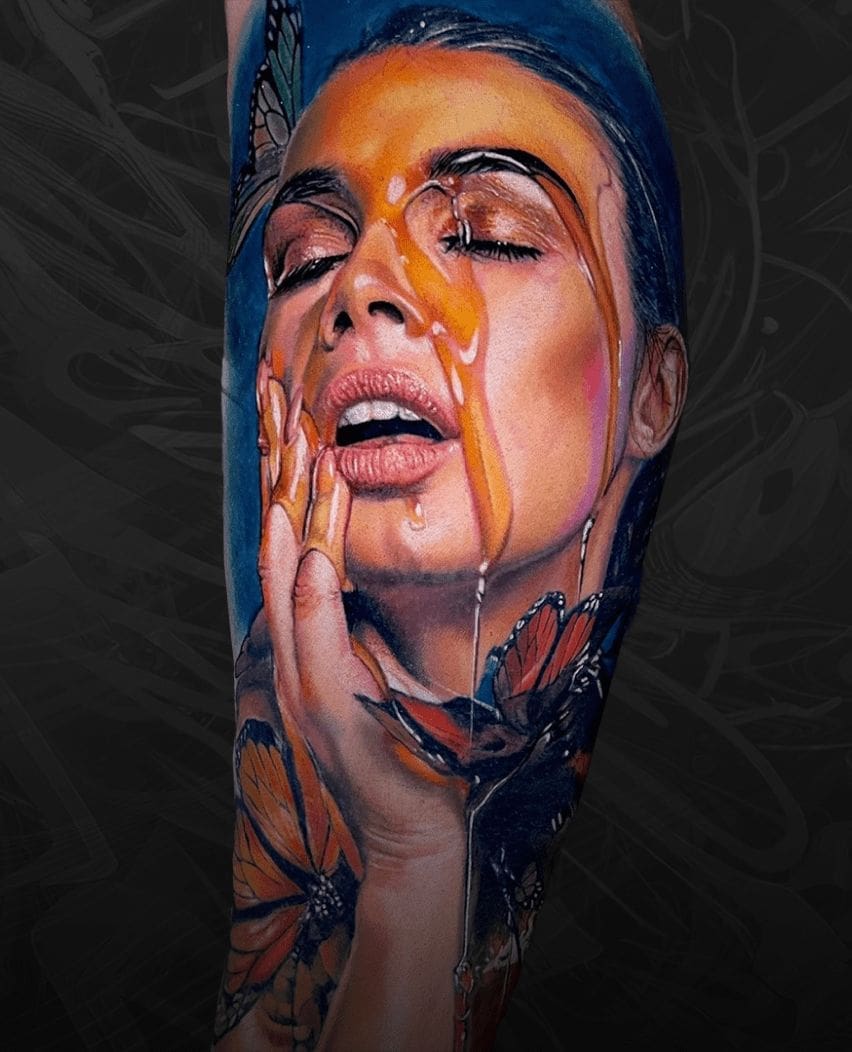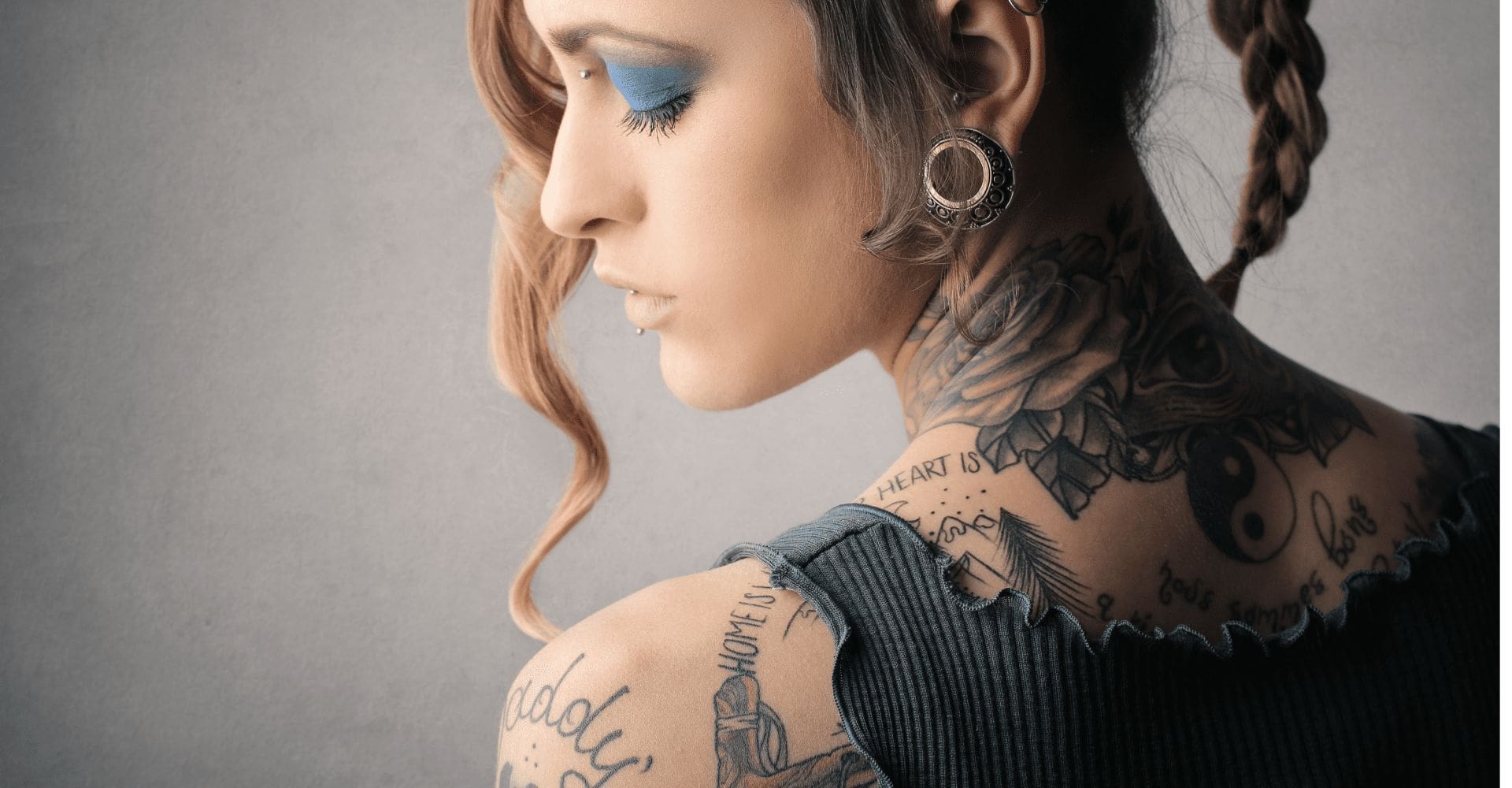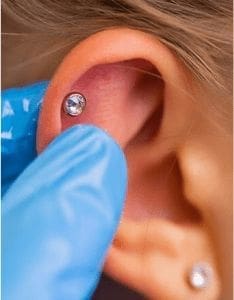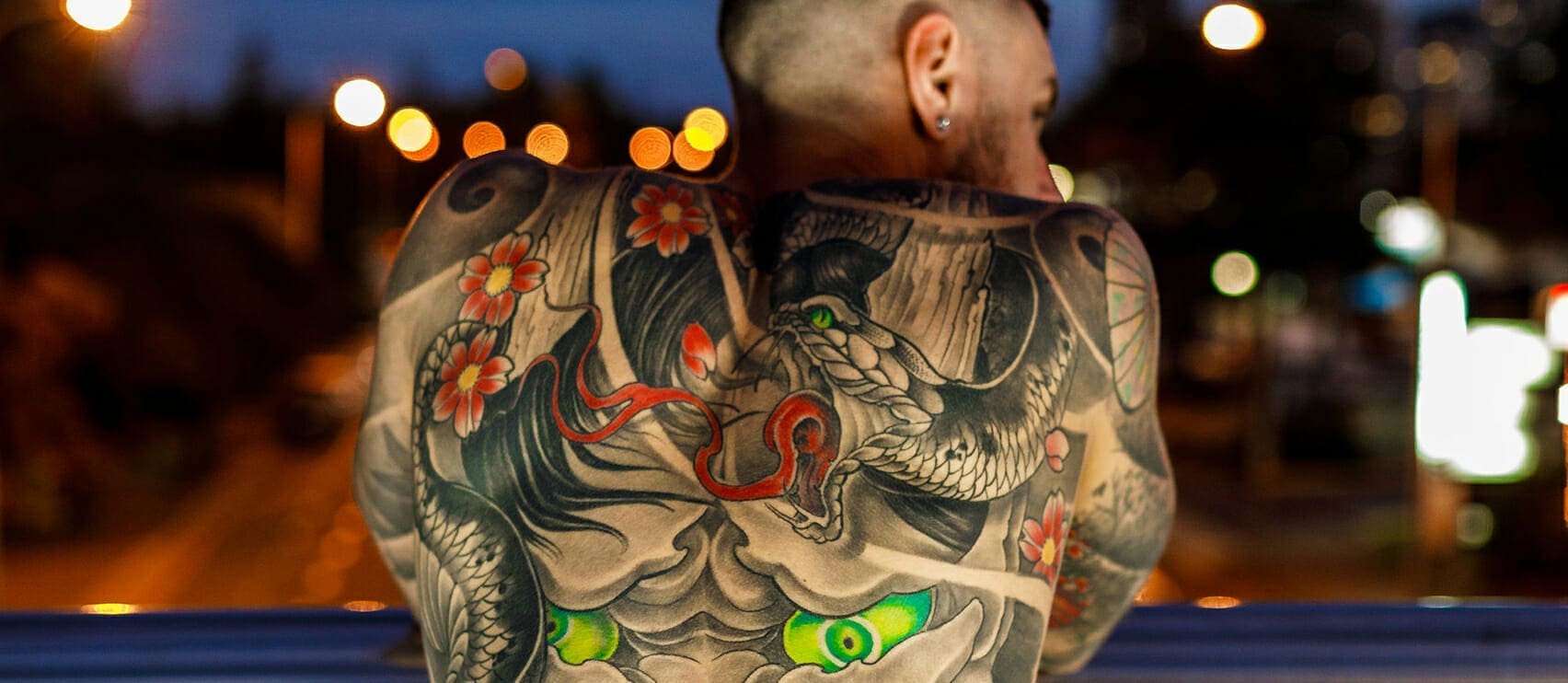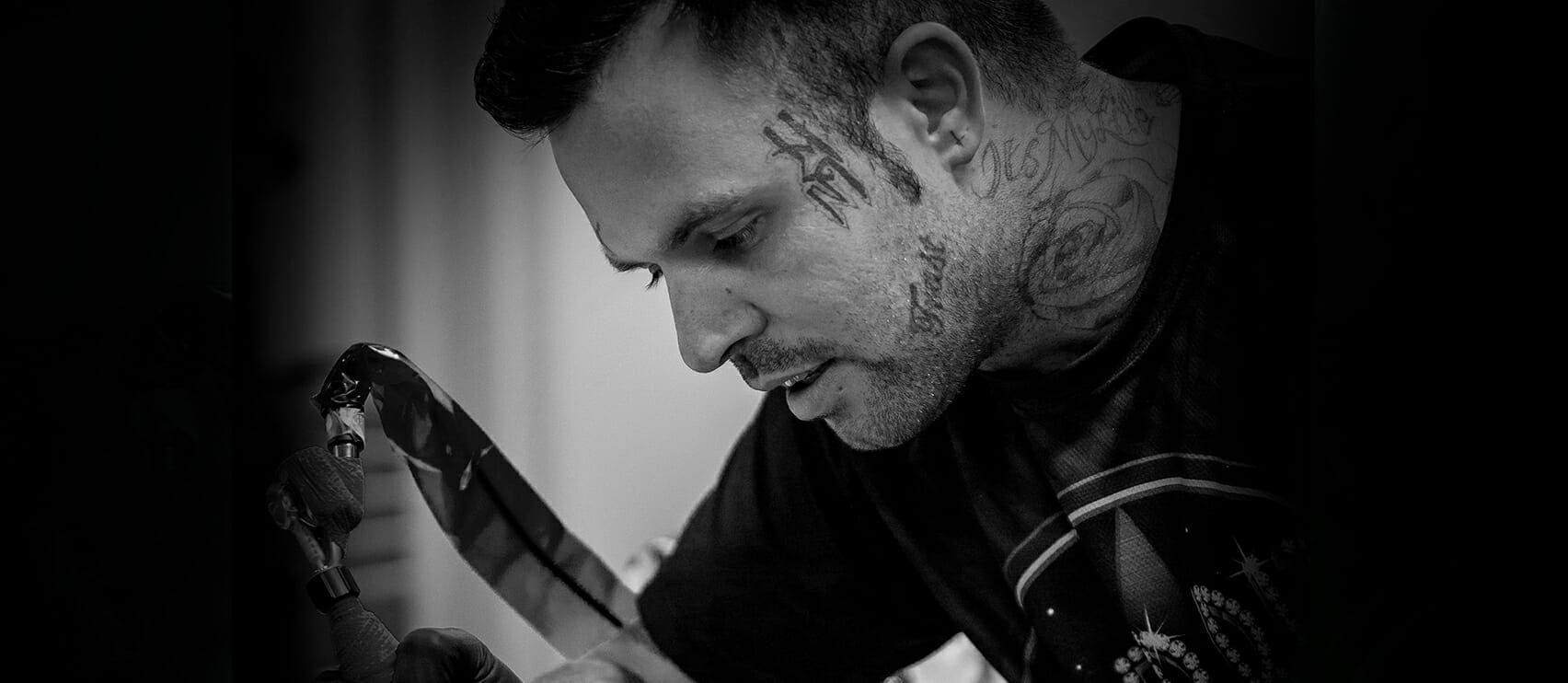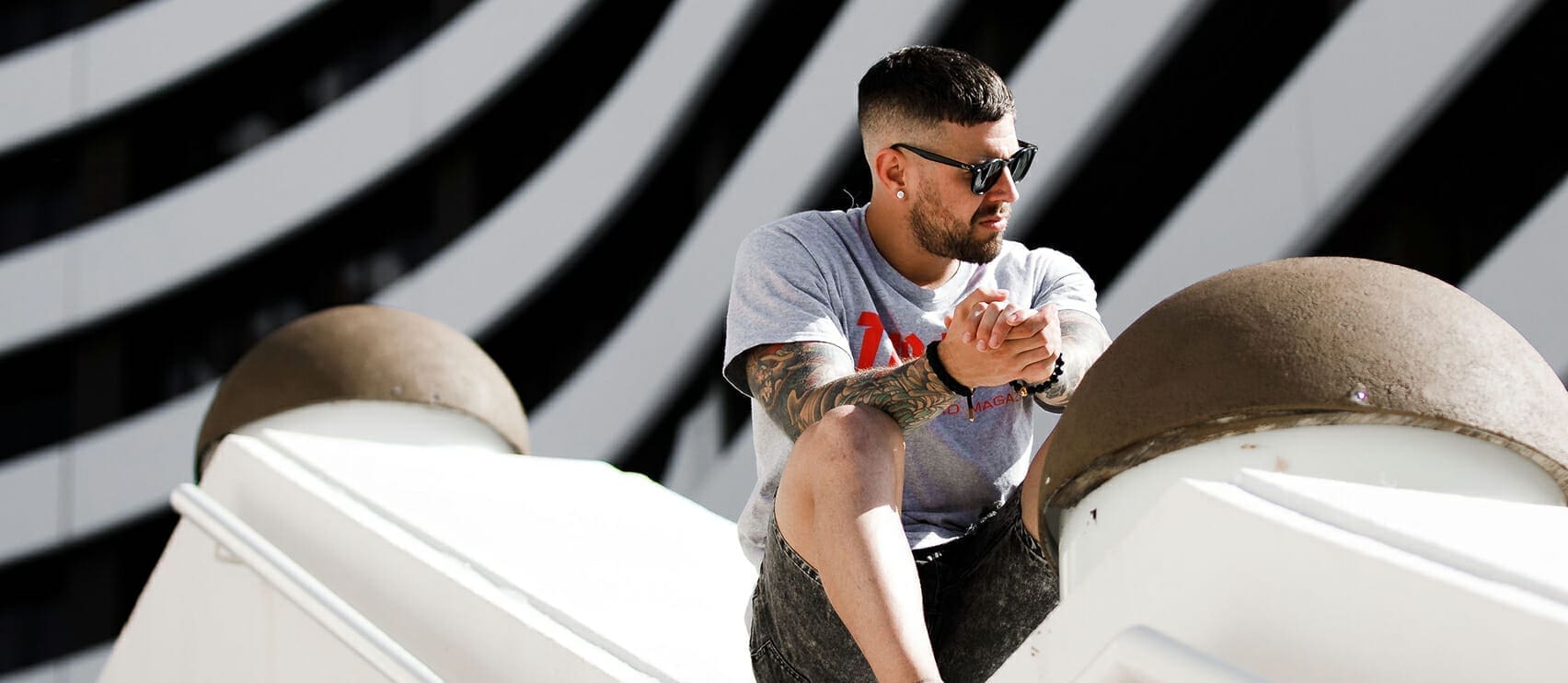Interested in oriental tattoo designs? There are many different styles when it comes to tattoos, such as mandala, realism and tribal designs, but one of the most loved styles we see in our Celebrity Ink™ studios are oriental tattoo designs with Japanese patterns.
Interestingly, although Japanese tattoos – traditionally known as irezumi – are well-known throughout the tattoo world, tattoos aren’t frequently seen in Japan itself. This is because some laws within the country previously prohibited the practice of tattooing as it was commonly associated with criminal gangs in the late 1800s to early 1900s. There’s a bit of trivia for you!
To this day, there is still some cultural stigma attached to tattoos within Japan, making it difficult to find a traditional tattoo studio within the country. Fortunately though, there are many tattoo studios around the world, such as Celebrity Ink™, which specialise in Japanese oriental designs.
Why are oriental tattoo designs so popular?
Regardless of the history associated with Japanese tattoos, there’s no doubting the designs are popular across the globe.
And oriental designs don’t exclusively incorporate Japanese designs – patterns associated with many east-Asian countries can be found on bodies everywhere. Think lotus flowers, samurai warriors, geishas, oriental dragons, snakes and traditional mask-like figures.
One stunning design that never gets old is a koi fish. In traditional Japanese folklore, koi fish can climb waterfalls and are able to swim against strong currents, symbolism that provides a powerful metaphorical message for many.

Where can you draw oriental tattoo design inspiration from?
Behind most oriental tattoos there is deep symbolism, so it’s important to understand the meaning of your tattoo before it is placed on your body.
For example, oriental dragons often represent strength and ferocity, as well as positive forces that are set to protect mankind.
In the Western world, we might associate snakes with negative connotations, but in the East, snakes can represent medicinal values and a protector against bad fortune. Other Eastern values associated with the snake include wisdom and the ability to adapt to change, which is symbolised by the snake being able to shed its old skin for new.
Being an island surrounded by water, wave designs are also common in Japanese art. Waves tend to represent both life and death in Japanese folklore. In some instances, it might symbolise life changing in rough seas while in other designs it can also represent the need to stay calm when facing life’s challenges.
Oriental tattoos are full of symbolism and it’s worth keeping this in mind if opting for this style of design.


How to choose best placement for oriental art on the body
The Japanese tend to get tattoos in places that are able to be easily hidden on the body. This is because of the cultural stigma that is still associated with tattoos to this day. These negative connotations sometimes mean those with tattoos aren’t allowed into spiritual places such as temples or even traditional bathhouses like onsens.
However, if you are a Westerner getting an oriental tattoo, then these restrictions shouldn’t hold you back. The wonderful aspect to oriental tattoos is that they involve a lot of detail which means it’s worth getting the tattoos on an area of the body with a lot of space, such as your back or torso.
Other popular areas for oriental tattoo designs include tattoo sleeves and your upper and lower legs.
Keep in mind that because oriental designs are so detailed, you may need to get the tattoo completed over a number of sessions.
Want some more oriental design inspiration? Check out our oriental gallery.




